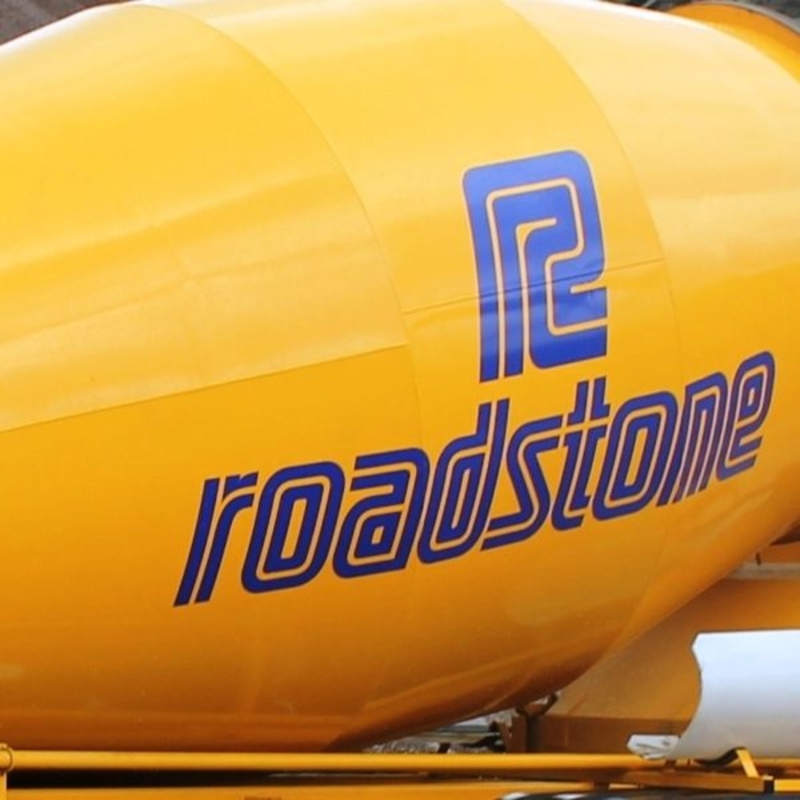Achieving high levels of safety along Irelands longest bridge
The Challenge: At almost 1km long the Rose Fitzgerald Kennedy Bridge is Irelands longest bridge. A key element of this bridge is the LT 104 central barrier, a H4b class barrier and the first of its kind to be constructed in Ireland. The barrier runs the length of the bridge separating east and west bound carriageways.
This CE certified barrier is 1,100mm high and includes 12 strands of reinforcement. The barrier height and the high level of reinforcement formed a particular challenge during concrete placement operations.

Before the commencement of concrete supply, trials were conducted to assess the mix performance. The trials demonstrated that if the mix arrived onsite too wet the placed concrete was prone too slumping resulting in levels being off. If the mix was too dry, the concrete was prone to setting too quickly, increasing the potential for cracking.
The trials resulted in the slipform contractor requiring a mix within a tight slump tolerance range. As a result, there was a particular focus placed on quality and service with the workability of each load tested prior to dispatch at the supply plant.
Close communication between the slipform contractor and the batching plant proved important to ensure that each load arrived onsite just on time.
The reinforcement was placed through rollers with checks at 5m, 10m and 15m intervals at the commencement of each pour. Additional checks were required at 100m intervals thereafter to ensure the cover and alignment of the steel reinforcement.
Featured Products

This barrier offers high safety levels with no displacement or damage with car impact and minimum displacement, only 300mm, with high sided vehicles.
This allows for effective separation of both east and west bound carriageways and ensures that the bridge stay cables are protected from impact.










